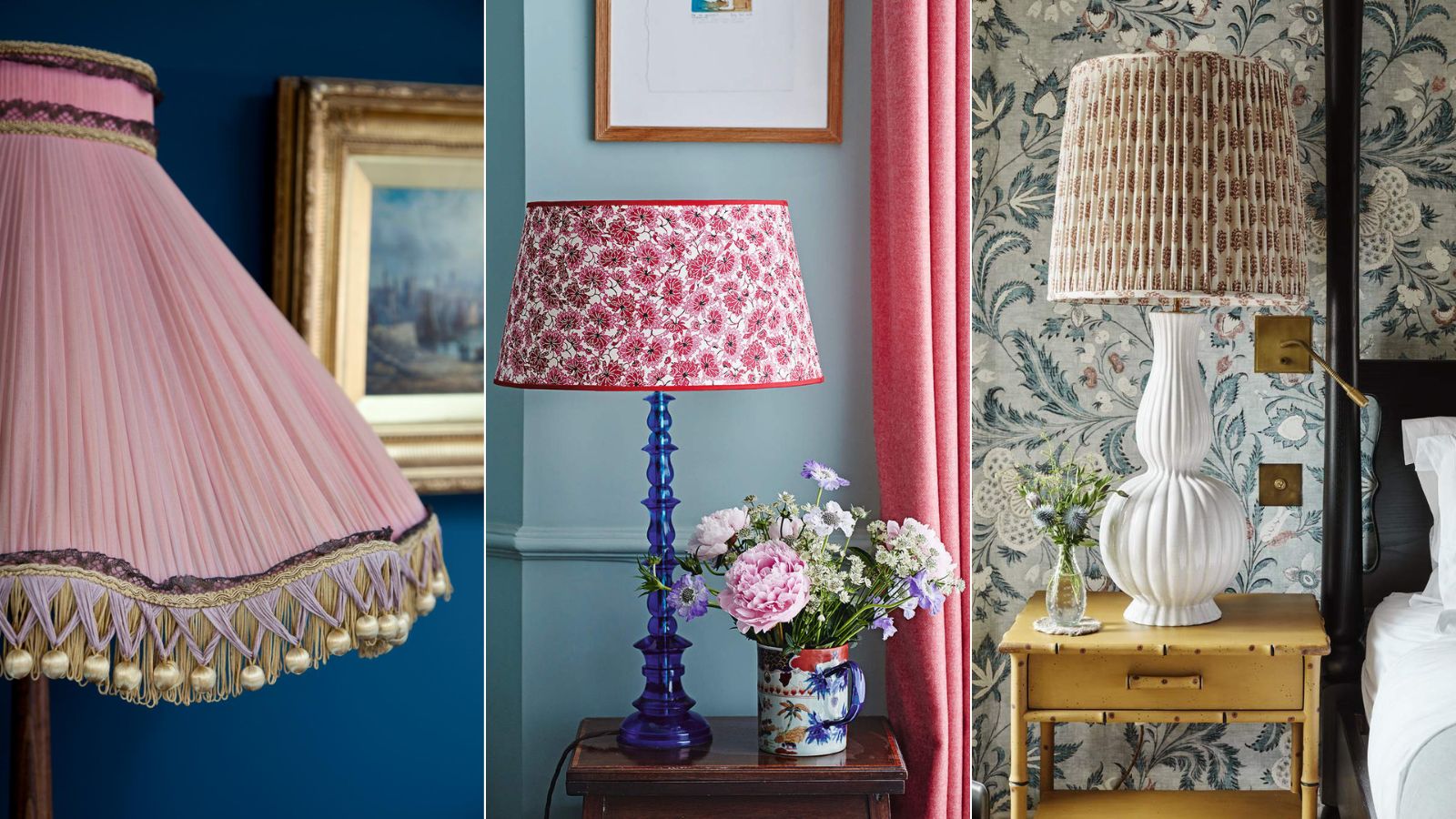
It’s easy to neglect lampshades when it comes to cleaning. But just like other surfaces, they get dusty over time and can gather marks, too, requiring attention to avoid permanent stains.
Make this overlooked task part of your regular cleaning routine, and your lampshade will stay in pristine condition. This will allow lights to provide the illumination they should, regardless of their material and style.
Here, cleaning experts provide the lowdown on how to clean lampshades to make the job easy.
How to clean lampshades
There are numerous lampshades around a home as part of living room lighting, bedroom lighting, dining room lighting, and more, and they come in a variety of materials that can require different cleaning methods. These are the techniques the experts recommend.
Remove dust
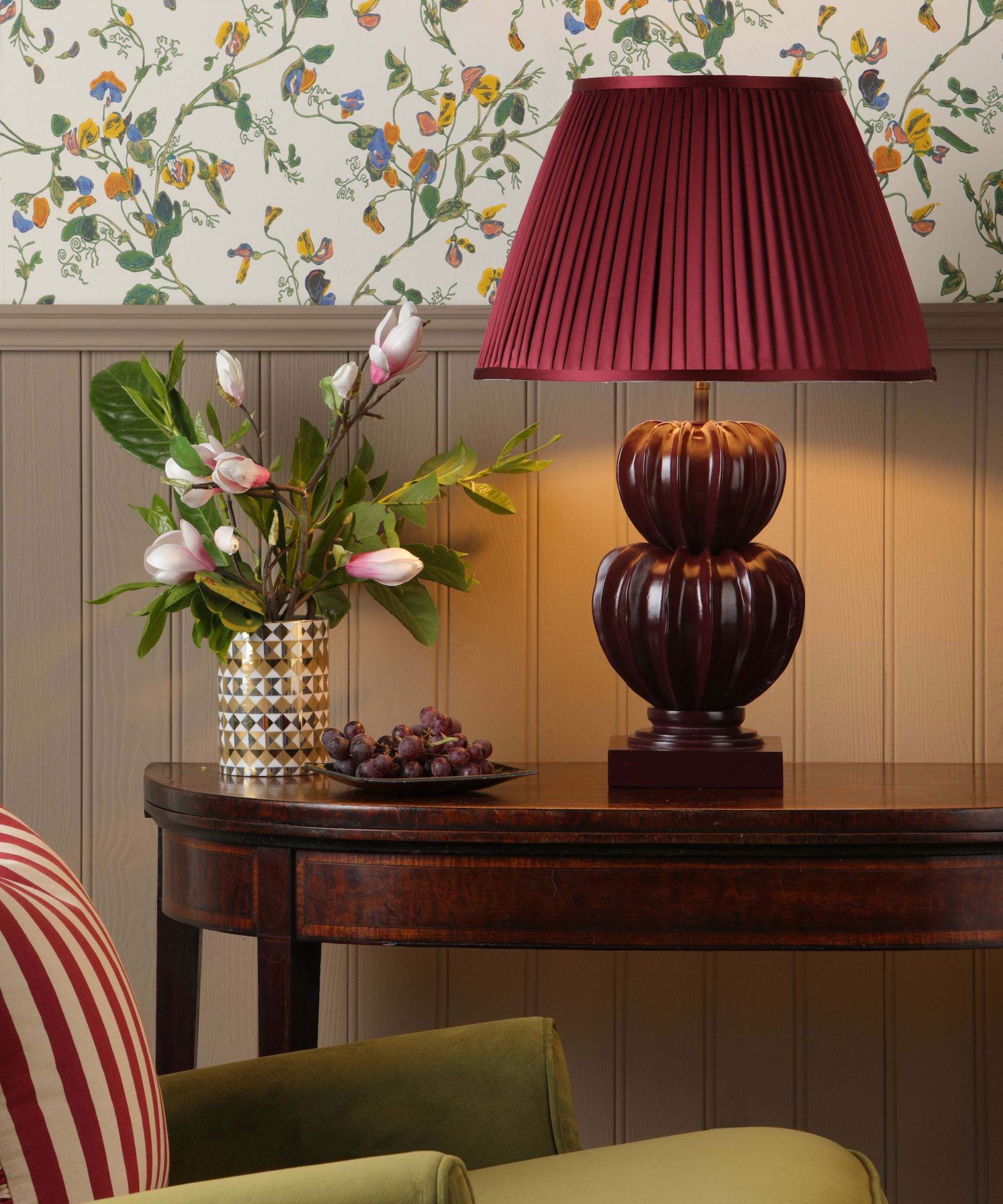
Lampshades inevitably gather dust and this needs to be removed with a little care to avoid damage to them, but there are a number of options when it comes to getting rid of it.
‘A popular choice is using your vacuum cleaner with a brush attachment, but be cautious not to press too hard or use too much suction,’ says Rhonda Wilson, quality lead cleaner at FreshSpace Cleaning.
‘If that’s not available, use a dry, soft cloth, a microfiber duster, or a feather duster. A lint roller can work, too, especially on fabric lampshades. If you want it to repel dust and static cling, use a dryer sheet.’
Alternatively, try this trick from Roman Peysakhovich, CEO of Cleango. ‘The best way to clean your lampshades is to take them outside and whisk the dust off with a clean, soft paintbrush,’ he suggests.
Tackle spots and stains
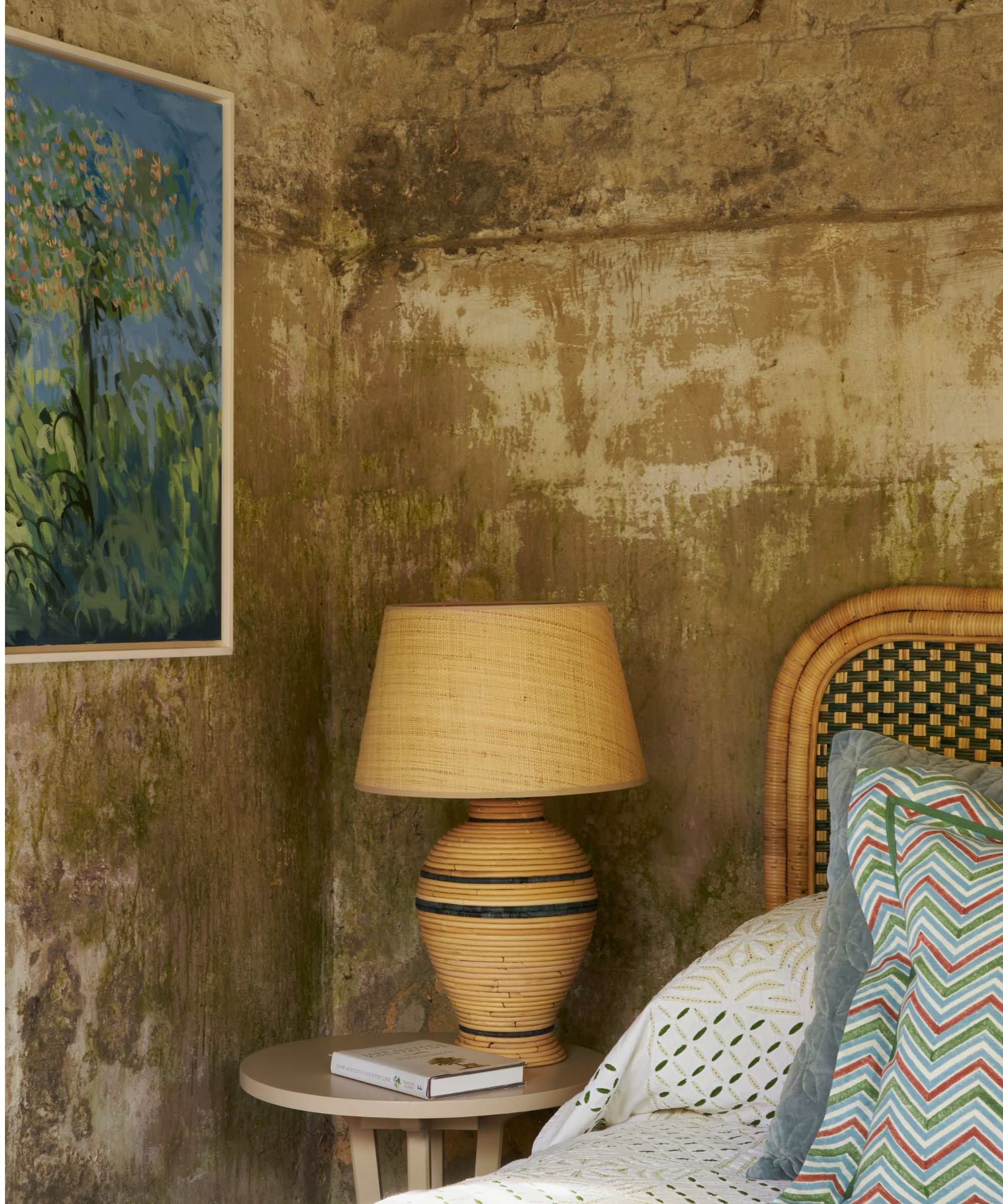
If a lampshade’s marked, simply dusting it won’t cut it, but it can still be cleaned.
‘I like to mix a little bit of mild soap with warm water in a bowl or basin,’ advises Rhonda Wilson. ‘Then, grab a soft cloth or sponge, dampen it with soapy water, and gently dab the stained area of the lampshade. Try not to rub too hard or you could end up spreading the stain and do more harm than good.
‘If that doesn’t work, you can use a stain remover like Oxiclean Max Force Gel Stick from Amazon. There’s also Carbona Stain Devils #9, also available from Amazon. After you’ve treated the stain, let the lampshade air dry completely before you put it back on the lamp.’
Deep clean a lampshade
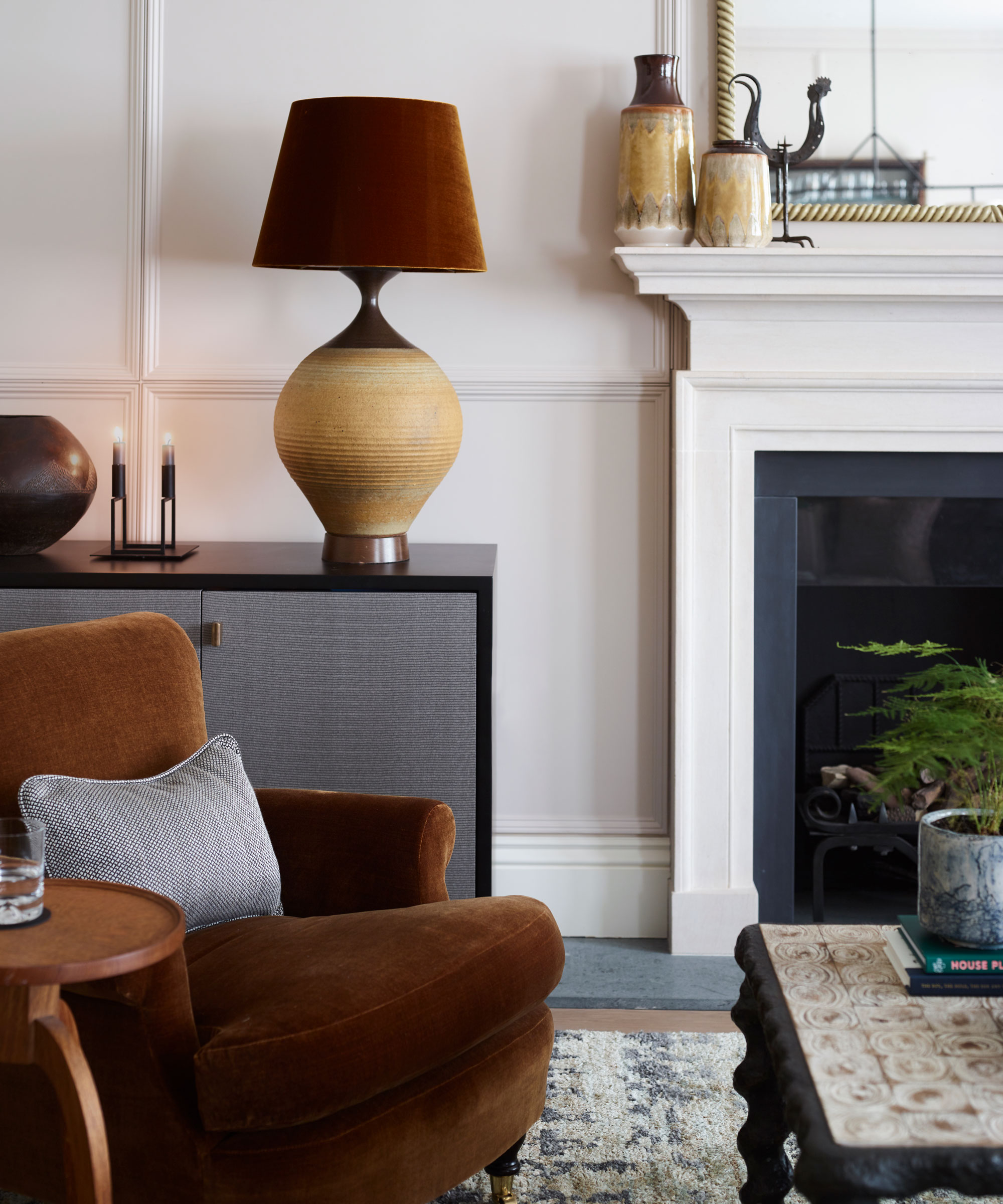
A deep clean could be in order if a lampshade has become grimy over time. If this is the case, be sure to pay attention to what it’s made from.
‘Fabric lampshades, including cotton, linen, silk, and polyester, can be safely cleaned with detergent,’ says Rhonda Wilson. ‘Canvas, blended fabrics, and nylon, too. Rayon, which is quite similar to silk, can be cleaned with detergent, but since it’s delicate, it must be handled carefully to prevent stretching or distortion.
For a thorough clean, Rhonda recommends the following steps:
- Remove the dust by vacuuming them using a soft brush attachment. This step will stop the dirt from getting into the fabric and making it worse.
- After that, prepare a solution using mild detergent and lukewarm water in a basin or sink, making sure the detergent is suitable for the fabric type of your lampshade.
- Before cleaning the whole thing, test it on a small, hidden area to make sure it won’t damage the fabric.
- If you’re dealing with a small stain or spot, use a soft cloth with the detergent solution and dab it gently.
- If it’s washable, fully immerse it in the solution and agitate the water to loosen dirt and stains.
- Rinse it thoroughly after cleaning to remove any residue, and let it air dry.
Deal with pleated lampshades
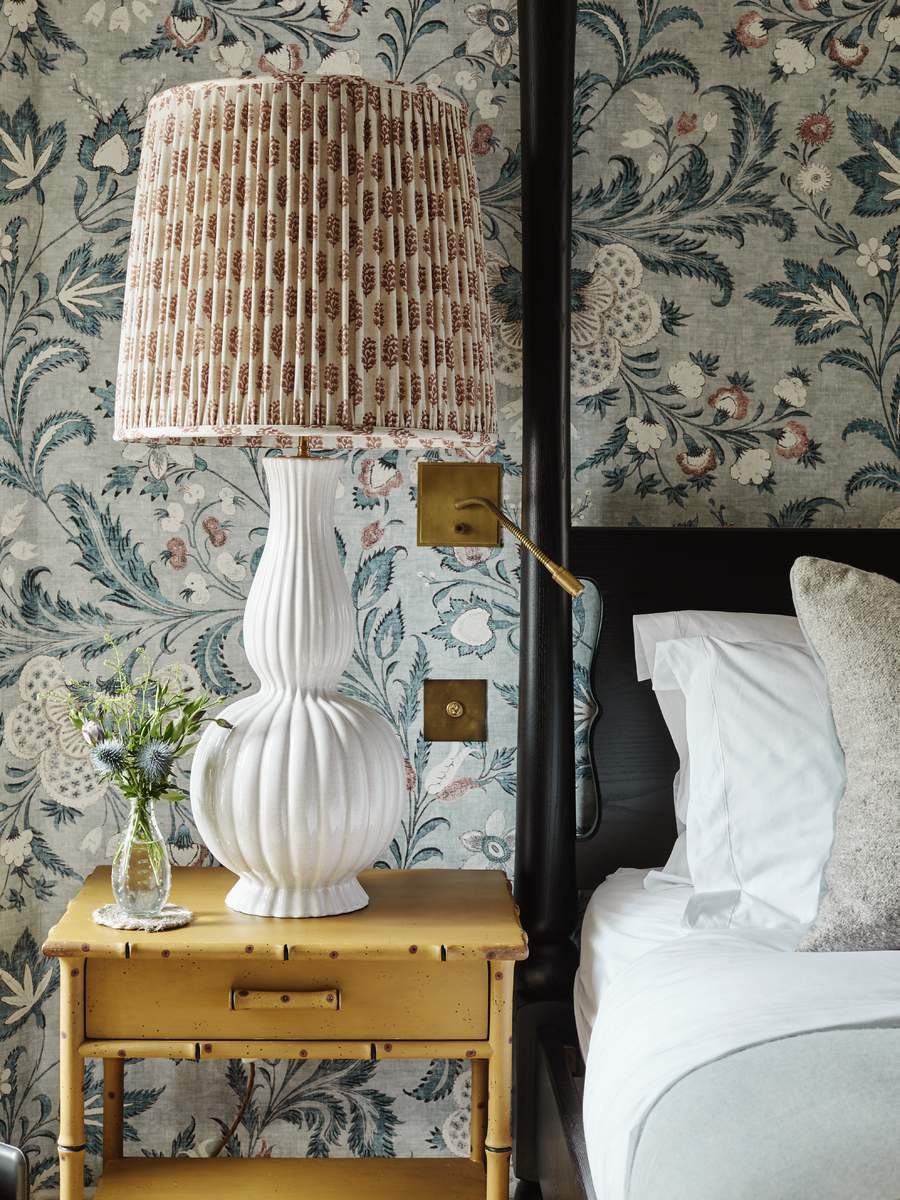
Pleated lampshades can look like hard work to clean since, rather than a flat surface to deal with, there are lots of nooks where dust can lodge. They needn’t prove problematic, though. They can be cleaned like other shades.
‘Just make sure to gently brush in the direction of the pleats to avoid damage,’ says Rhonda Wilson. If using a vacuum brush attachment, be sure to use a gentle suction level, and don’t try this with pleated shades made from very delicate fabrics.
FAQs
How often should you clean a lampshade?
There's no definitive rule when it comes to how often you should be cleaning your lampshades. However, you should dust fabric, paper, and glass shades monthly with a soft cloth or duster. Fabric shades need vacuuming every 3-6 months, and during this time you should also check for stains. Wipe plastic and metal shades with a damp cloth monthly and clean deeply with soapy water quarterly. Glass shades can be cleaned with glass cleaner or vinegar water for a streak-free shine.
Lampshades in kitchens, near windows, or in homes with pets will also require more frequent cleaning and you may even want to clean kitchen light bulbs periodically to remove lingering odors.
Can you use vinegar to clean a lampshade?
A vinegar and water solution is only recommended for lampshades made from plastic or glass. Don’t use it for shades made from other materials. When you do opt to clean with vinegar, remove the shade from the lamp base and gently rinse with clean water afterward and dry with a lint-free cloth.
Schedule lampshades for a regular monthly clean and you won’t have to deal with so much dust. For all the other jobs that need regular attention make sure you have the essential cleaning tools the pros recommend.







